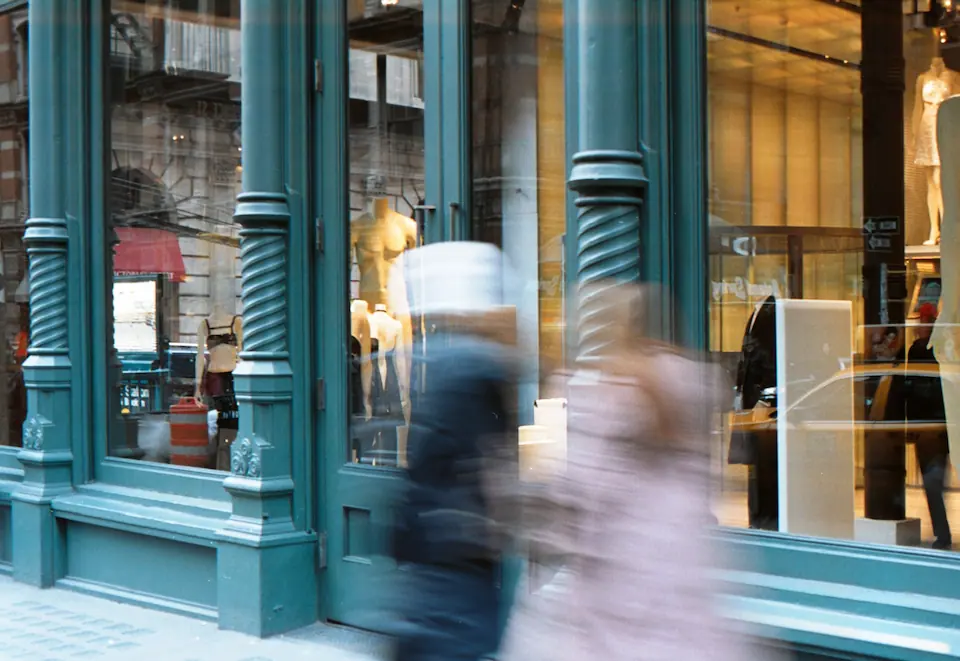Art
“I don’t know anybody who needs a critic to find out what art is.”
Ansel Adams [1902 – 1984]

Art — Beyond Definition
Art resists being pinned down — and perhaps that’s the point.
Across history, art has taken on many definitions, shaped by culture, context, and intention. It can be political, spiritual, philosophical, or entirely personal. It can provoke, soothe, disturb, or delight. And sometimes, it simply is — existing without explanation, free from agenda.
A Shared Human Language
Art is often seen as a shared social experience — a conversation between the creator and the observer. Whether in a gallery or on a sidewalk in New York (like the image I captured in front of Prada’s storefront), its impact transcends language and geography.
As a cinematographer and visual storyteller, I see light, texture, and composition not just as tools of my trade — but as elements of this universal language. When we tell stories through images, we’re continuing an ancient practice: expressing what it means to be human.
Expression and Perception
Philosopher Richard Wollheim once described the nature of art as “one of the most elusive of the traditional problems of human culture.” From imitation to abstraction, from expression to pure form, art has always challenged how we define it — and how we relate to it.
Thinkers influenced by Heidegger saw art as a process through which a community shapes and understands itself. In that sense, art becomes a mirror, reflecting both collective identity and personal truth.
Craft, Emotion, Meaning
At its core, art is a form of communication. It conveys emotion, intention, and observation — filtered through materials, methods, and the artist’s unique point of view.
During the Romantic era, art was even considered a “special faculty of the human mind,” alongside religion and science. Today, the definition continues to evolve, embracing everything from digital installations to found objects.
Some argue that not all human-made objects are art — and that maybe “visual culture” is a better term. But does the label matter? If a photograph, a film frame, or a sculpture stirs something in us, hasn’t it already done its job?
Be Connected. Be Creative. Be Inspired.
Whether through a lens or a brushstroke, art reminds us of what connects us — and what sets us apart. It’s an act of attention, a gesture of curiosity, a spark of something larger than ourselves.
And in a world saturated with distraction, art is a quiet rebellion. It asks us to feel more, to look closer, to remember that beauty and meaning are often found in the spaces between.
Let’s keep making work that moves people — and doesn’t ask for permission to be called art.
“Ready to turn your project into a visual journey?
BE CONNECTED. BE CREATIVE. BE INSPIRED.
Let’s create something extraordinary.”





